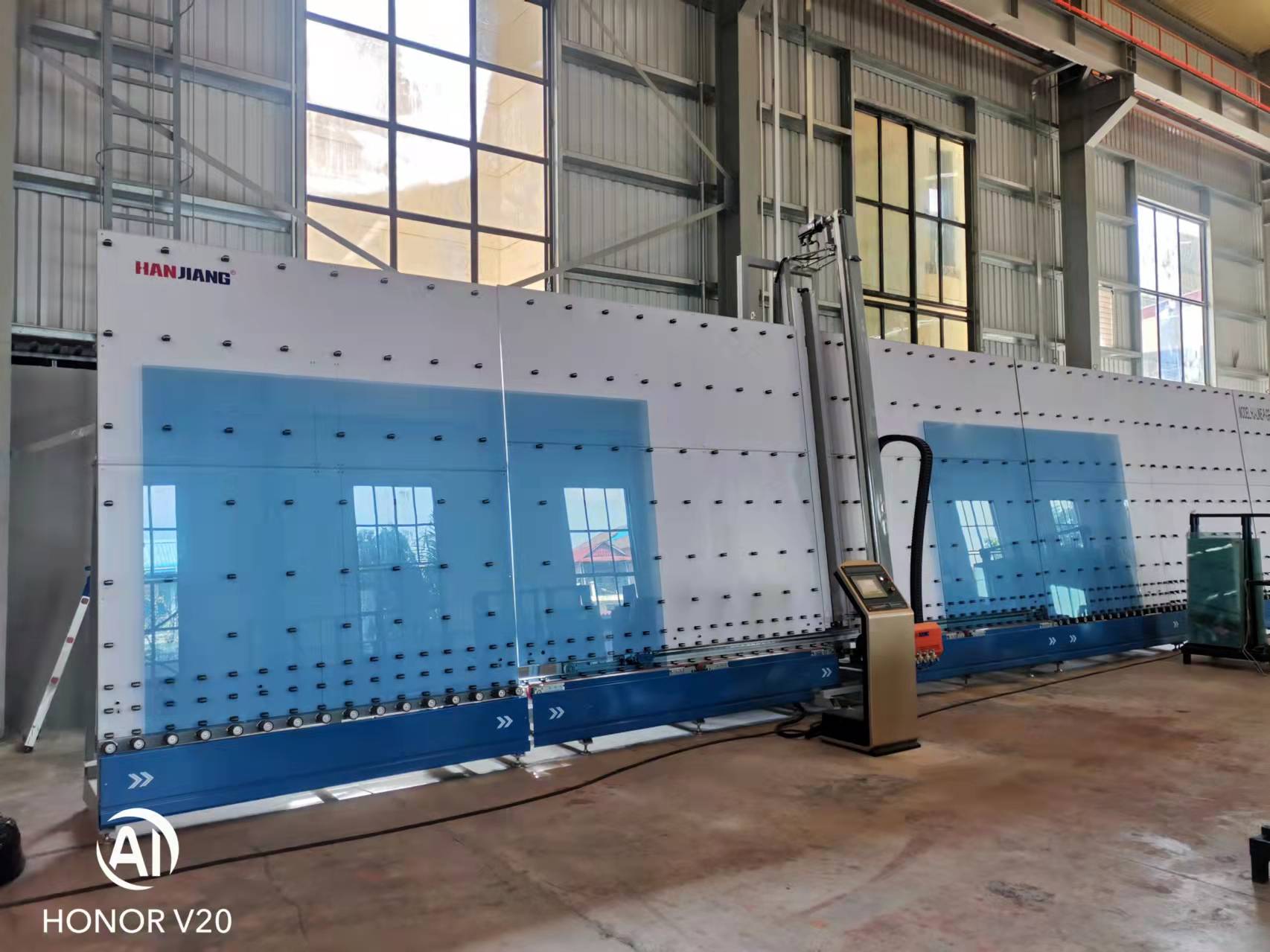Offline LOW-E glass is now widely used in civil construction. When processing offline LOW-E glass, why is it necessary to remove film of the glass that require adhesive coating? Insulating glass is sealed by two layers of sealant. The first layer is butyl sealant, which mainly serves to ensure the gas barrier between the inner and outer cavity of the insulating glass, commonly known as "airtightness". The second layer generally uses silicone sealant or silicone structural sealant to fix and seal the insulating glass, and the amount of adhesive used is adjusted according to the size of the glass surface. Offline LOW-E is coated by metal "silver," which is easily oxidized with sulfides in the air under normal conditions. To avoid oxidation from the edge of the glass, the glass needs to be remove coating during the production of insulated glass.
LOW-E glass film was deleted on glass cutting line, edging machine or IG line.

Let us discuss the advantages and disadvantages of each process;
1. Low-e edge deletion on cutting line
During glass cutting, film removal is done on the glass that needs to be made into an insulating glass unit.
Advantages: It allows for control at the source, which can effectively control the data and save costs on subsequent film removal equipment.
Disadvantages: Time cost is very high.
2. Low-e edge deletion on edging machine
Film removal is done during high-speed double edger.
Advantages: It is efficient and saves costs on subsequent film removal equipment.
Disadvantages: The glass has already had the film removed before toughening, causing the edge of the Low-E glass to become hot during toughening, leading to high stress and possible deformation and explosion.
3. Low-e edge deletion on IG (Insulating glass/Insulated glass) line
Film removal is done on the glass during the production of the insulating glass.
Advantages: There is no overheating at the edge of the glass, which is more suitable the production requirements.
Disadvantages: It requires additional film removal equipment or personnel on IG line. Investment on machine cost is high.
In summary, film removal treatment is a critical process to ensure the service life of LOW-E insulating
glass unit. It is recommended that to delete edge during the production of insulating glass unit.


